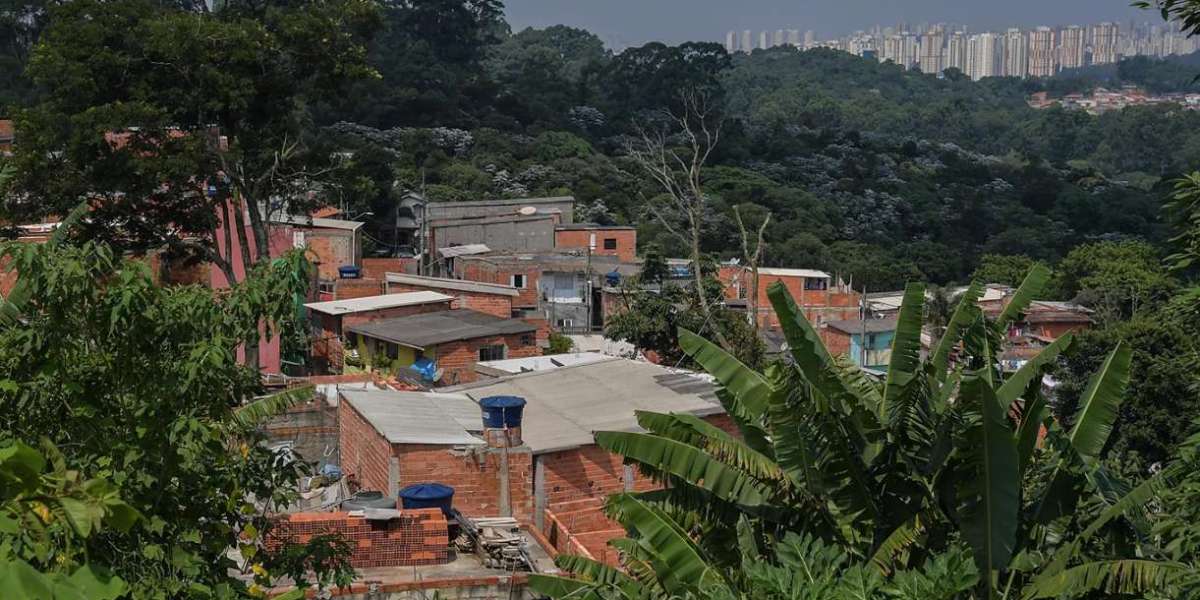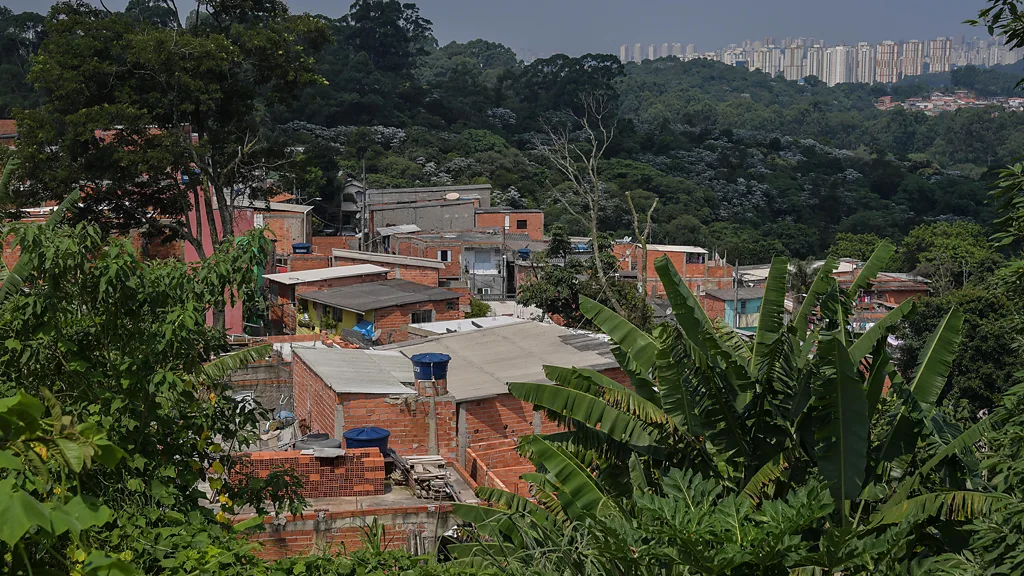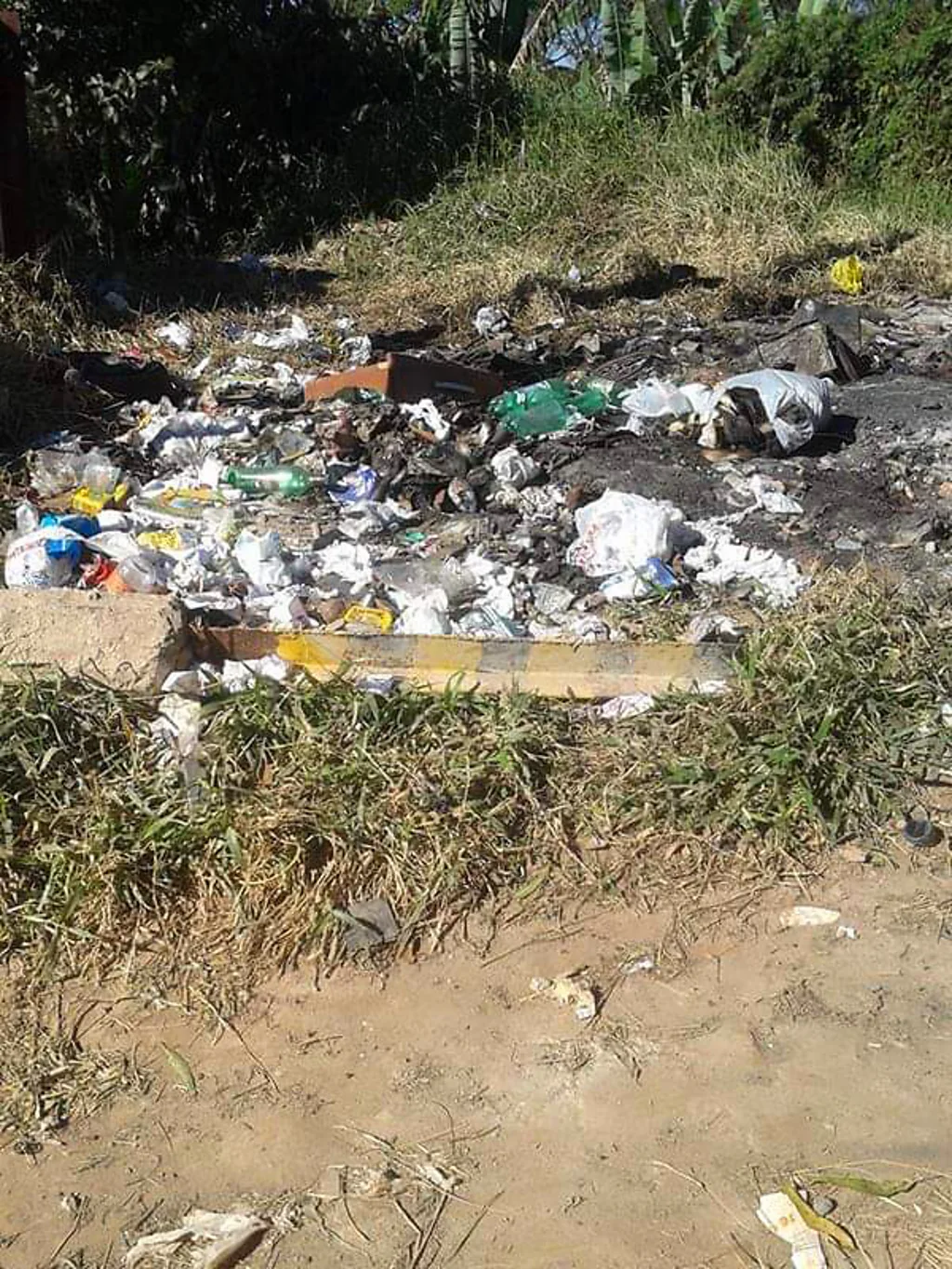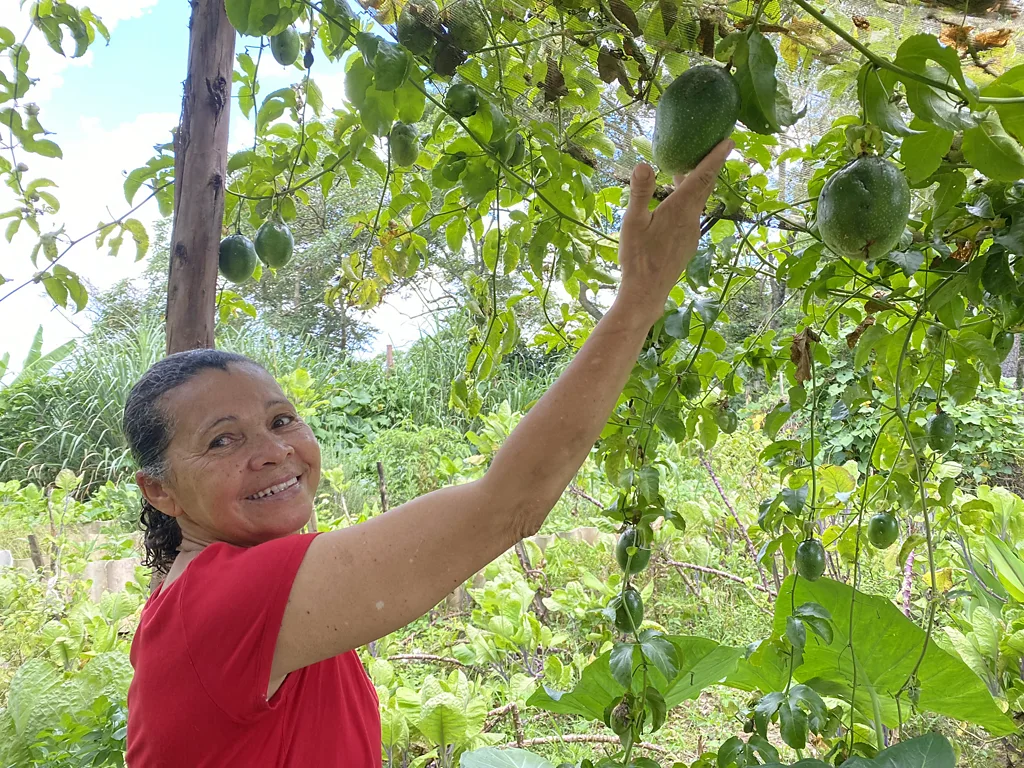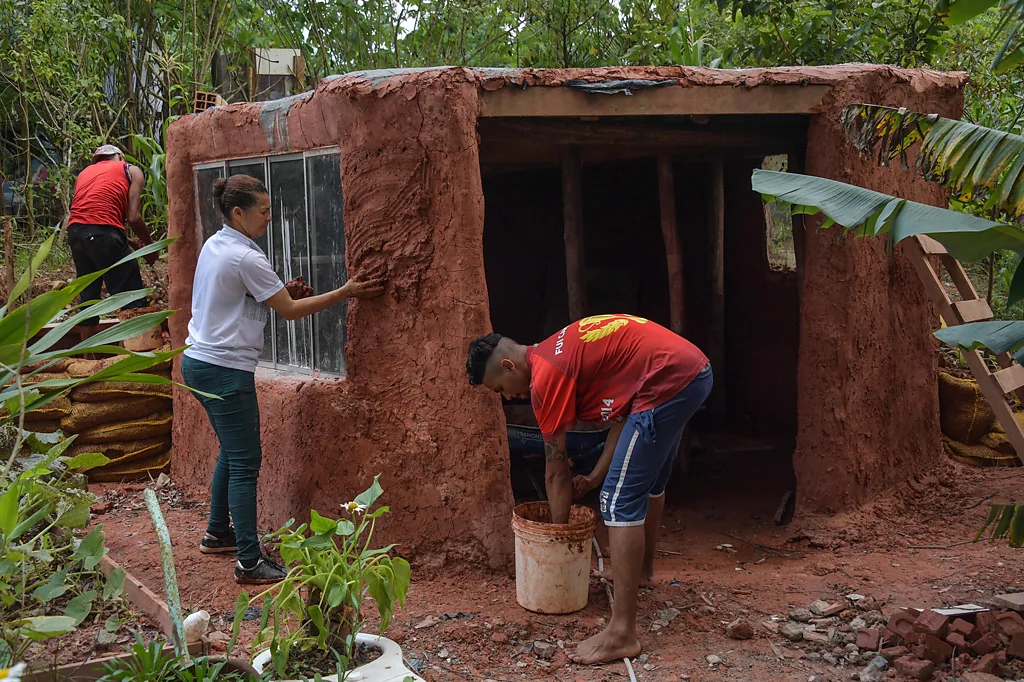article image source: illuminem.com (link)
In the heart of São Paulo's sprawling favela, Vila Nova Esperança, an unlikely transformation is taking place—one rooted in environmental consciousness and community resilience. The story of this favela, where green space is rare and survival is a daily struggle, offers a powerful lesson in how sustainable urban initiatives can uplift marginalized communities.
advertisement
A Fight for Survival
Maria de Lourdes Andrade Silva, known as Lia Esperança, never anticipated that her efforts to create a community garden in her favela would grow into something much larger. When she moved to Vila Nova Esperança in 2003, she had no idea that the area, largely unregulated and riddled with poor sanitation, would soon face the threat of eviction.
They're facing eviction, so they planted a garden.
In 2006, the São Paulo Public Prosecutor's Office initiated proceedings to remove the 600 families living in the favela. The argument was that the settlement, located near an environmental protection zone, was causing severe ecological damage. The families were at risk of losing their homes unless they could prove they were capable of sustaining the environment and contributing positively to the area.
"I thought, 'I have to do something to protect my home and my neighbors'," recalls Silva.
A Greener Future for Vila Nova Esperança
With limited resources but a vision for environmental preservation, Silva and her neighbors set out to clean up their surroundings. The once-disused plot of land, which had been a dumping ground for rubbish, was cleared and transformed into a thriving community garden. This was no easy feat, especially given the lack of waste management services in the area. But Silva believes that environmental degradation often results from a lack of education, not from a lack of care.
"We didn't have sustainability specialists to teach us how to preserve the environment," she explains. "So, we decided to create a garden that would also serve as a tool for environmental education."
The garden’s humble beginnings involved just a handful of residents growing vegetables and herbs out of necessity. But over time, it became a symbol of hope for the entire community, a place where residents could cultivate not only food but also their sense of ownership and pride.
Overcoming Challenges
However, not everyone initially supported the idea of turning the vacant lot into a garden. Some believed the land could be used for housing or sold for profit. Despite this opposition, Silva's persistence paid off. A community vote in favor of the garden pushed the project forward, and soon, more residents joined the effort.
Among those who became involved was Cícera Maria Lino, a longtime resident who had grown up growing vegetables in the rural Northeast of Brazil. “It was a big fight against eviction, but with Lia’s leadership, we found the strength to carry on,” says Lino.
As the project grew, external organizations such as NGOs and universities offered their support, and the garden began to attract more volunteers. For Batista Santos, a security guard who joined the initiative in 2020, the garden became a lifeline during the pandemic. "The space is beautiful, and it really changed my life," he says. Now the vice president of the residents' association, Santos is deeply involved in both the garden and the wider community’s efforts to secure their homes.
Green Spaces: A Precious Commodity
In São Paulo, as in many other Brazilian cities, favelas face rapid urbanization and population growth. According to research, 84% of favela homes in São Paulo have no access to open space. The city’s favelas, with their densely packed population, lack the luxury of parks or gardens—spaces that are increasingly being replaced by informal housing or other urban developments. In fact, the population density of favelas in São Paulo is four times greater than in the formal city areas.
Urban planner Alexandra Aguiar Pedro emphasizes that one of the biggest challenges in these informal settlements is that green spaces simply do not exist. "The only recreational areas in many favelas are soccer fields," she notes. However, the transformation in Vila Nova Esperança shows that when communities have a vested interest in their environment, they can carve out spaces of life and growth, even within crowded urban settings.
A Community that Cares
The success of Vila Nova Esperança's garden highlights the potential for what’s called "bottom-up" urban development, where local residents lead the charge for their own welfare. Unlike many government-led urban renewal efforts, which often exclude the very people they aim to help, this initiative was driven by the community itself.
Silva believes that this "community ownership" has been key to the project's success. "People need to have a voice in what happens in their own neighborhoods," she insists. This principle was also highlighted by Wolfgang Wende, a researcher at the Leibniz Institute of Ecological Urban and Regional Development, who points out that true transformation only occurs when local populations are actively involved.
The success of the garden also caught the attention of the government. In 2014, Vila Nova Esperança’s efforts earned the Milton Santos Award for Social Development, a prestigious recognition for community-driven initiatives. Subsequently, the government began to extend formal infrastructure to the favela, including access to water, sewage systems, and electricity.
More Than Just a Garden
What began as a simple initiative to save the favela from eviction has grown into a multifaceted community center. The garden has not only provided food security but also a space for local women to gather and share knowledge. Many of the volunteers in the garden and the community kitchen are women, who also participate in workshops such as sewing and cooking, empowering them with new skills and income opportunities.
Silva and other residents also pioneered the concept of non-conventional edible plants (PANCs)—local fruits, leaves, and flowers with high nutritional value that thrive in small spaces. These plants, such as lambari (goldfish plant) and sweet potato leaves, are integral to the community's efforts to teach sustainable living.
Beyond food, the garden and subsequent community projects like the local library and kitchen have improved the overall quality of life for residents. Silva notes that fewer people are visiting the hospital due to the medicinal plants cultivated in the garden, which offer natural remedies for common ailments like fevers and flu.
A Continuing Battle
Despite these successes, the specter of eviction still looms over Vila Nova Esperança. Though a 2012 court ruling allowed residents to stay, ongoing threats of eviction have caused some families to leave the area, and the local government continues to push for relocation. The São Paulo State Prosecutor’s Office insists that the favela sits within a protected environmental area, and while the residents' efforts to green the space are acknowledged, there remains pressure to move them out.
For Silva, however, the power of community cannot be underestimated. "I can’t do this alone. It’s the collective effort of everyone that makes this work," she says.
As the community continues to fight for their right to stay, their green spaces remain a testament to their resilience and their belief in a sustainable, self-reliant future. Whether or not the government recognizes their contributions, the residents of Vila Nova Esperança are demonstrating that when communities take control of their environment, they not only preserve it—they transform it for future generations.
Thank you !
